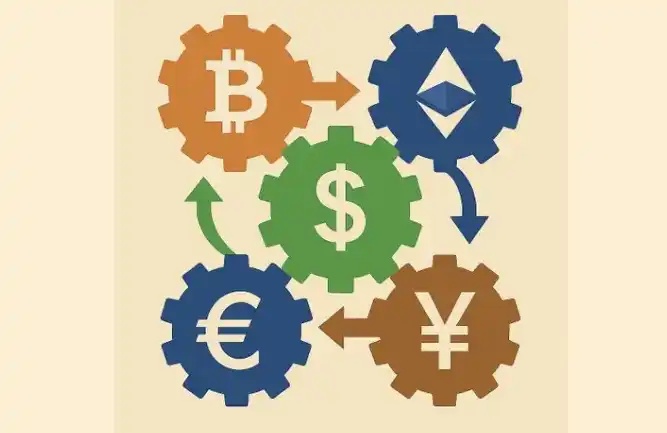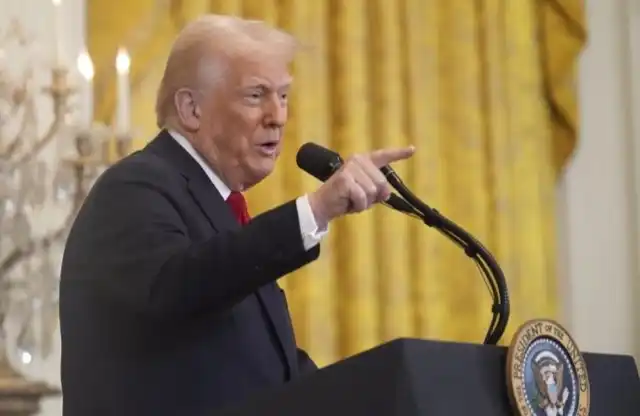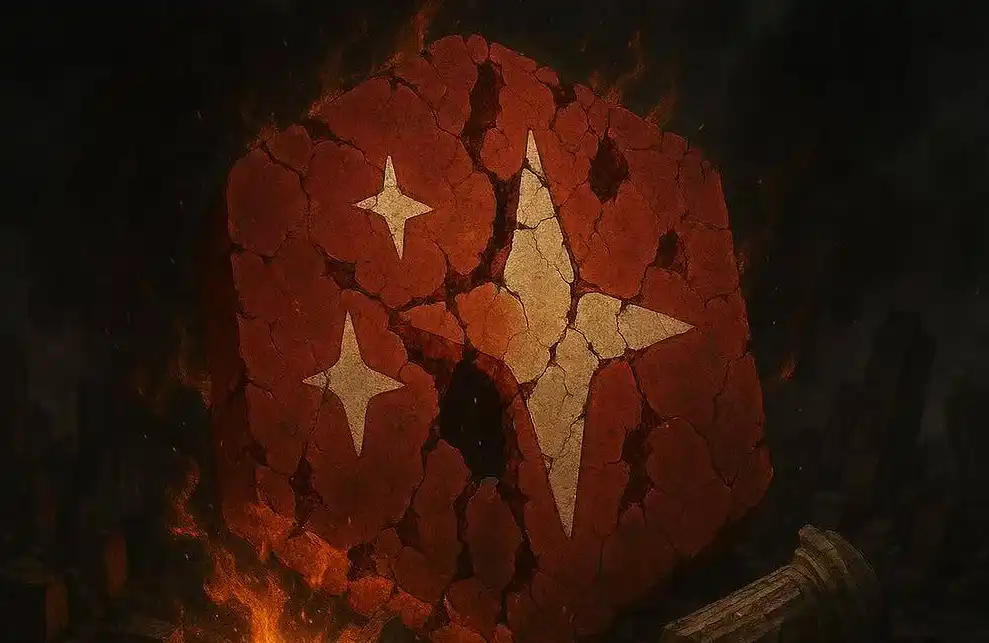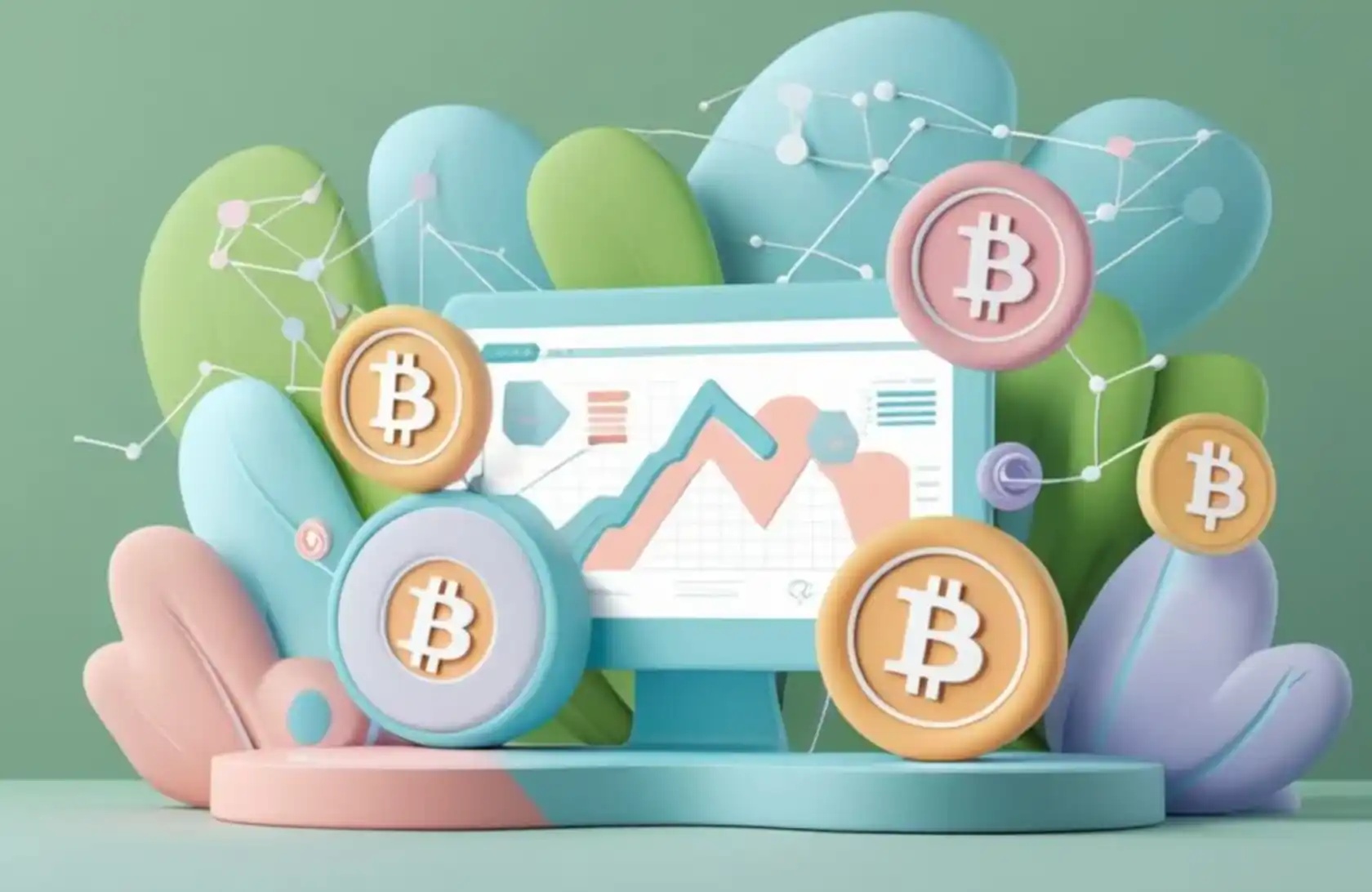Dialogue with Pantera Partners: Explore the life cycle of blockchain projects
Stanford Blockchain Accelerator Dialogue with Pantera Partners: The Life Cycle of Blockchain Projects
Interview: Gil Rosen, assistant professor, Stanford University
Interviewee: Paul Veradittakit, partner at Pantera Capital
aididiaojp.eth, Foresight News
Gil from Stanford Blockchain Accelerator talked with Paul about venture capital related topics, including fundraising, team building, and crypto versus non-crypto venture capital. The following is a summary of the interview.
Gil: Traditional companies usually have their own specific funding cycle before and after raising seed money, and they want to determine the product's market fit before building their product over time. Blockchain is a different species, and we've seen it evolve over the last decade. What do you think is the current life cycle structure of blockchain enterprises from conception to start-up?
Paul:The crypto market, whose early adoption centered around trading platforms and brokerage firms, is the only segment that has really reached a growth stage. Coinbase, Binance, Kraken, and FTX are all gateways to bringing fiat currencies into the crypto market, and the first steps for people to understand cryptocurrencies.
Our strategy is to focus on the early stages unless we see some clear trends that are going to be there for the long term.
就Token经济而言,在 2017 年,它曾经就像公开市场交易一样,你进入之后,可以马上退出。虽然投资者方面有很多钱可以赚,但这对企业家来说真的很糟糕。当你的 Token 非常不稳定时,投资者和企业家无法保持一致步伐,想要建立一个成功的社区是很困难的。随着时间的推移,这种情况发生了变化。我们现在看到的是 Token 融资,它们确实有融资时间表,看起来像是风险投资,但不完全是,这类似于一种混合体。你可能会在三四年内完成投资,而不是一次性投入,这实际上是一条通往流动性与股权融资的确切路径。
这次的不同之处在于,特别是当我们进入熊市时,我们开始看到一个多轮融资结构,能够逐步跟随你推出 Token 的发展节奏来分阶段融资,它不再只是拥有白皮书就能完成全部融资了。正如你可以从监管机构思考的那样,产品越完善, Token 实际上就有该产品的现有价值支柱。
从监管的角度来看,它确实降低了风险。对于能够围绕他们的产品获得吸引力,并能够从运营和监管角度处理所有事情的人来说,能够投入市场,并放心地推出 Token 需要的不仅仅是筹集一轮资金。
此外,进入 Token 首轮融资的资金较少,尤其是在熊市中。我们能够看到的可能是已经有两到三轮融资的 Token 项目。第一轮是产品或白皮书,第二轮有一定的吸引力,然后你可能会有一个种子前融资。 Token 启动的时间逐渐延长。
The project team has also been working to involve the community in these fundraising activities to help make the product better so that there can be more consistency in general.
Gil: Can you describe again what the company was like when you gave them the first check or the second check? What types of people are on the team, and at what stage are they?
Paul:In terms of teams, pre-seed investing focuses on the CEO and CTO, who you're betting can build a team and make sure they make it to the seed round. A common team structure is to have a business person and a technical person, but if the project is consumer-focused, I think it's good to have a designer because the user experience is very important, both as a consultant and as part of the founding team.
对于一个 Token 项目,至少要有一个技术白皮书或一份精简版文件,特别是存在技术护城河的情况下。如果没有技术护城河,那么只要有一个白皮书就可以了。路演会很有帮助,让人们了解您要创建的内容以及某种有形性,这对于种子前融资来说可能已经足够了。
Gil: If you're building a include Token The technical projects you usually want
Token 经Economics will be addressed initially, or do you think it will be put off to a later stage?
Paul:我想说的是了解价值累积将如何发生比立即弄清楚确切的 Token 经济学更重要。
Gil: What does the team usually have to accomplish before the next round?
Paul:In a seed round, teams are expanded to up to five or six people, usually mostly developers, and the product is refined. If an established product may have a whitelisted or waitlisted beta, there may be some early design partners. You can use it and test it and get some early feedback.
This kind of project might actually get some significant investment in the seed round. Some seed rounds are worth around a few million dollars, but we've seen some seed rounds worth 50,000 or 60,000 dollars.
Some people can go straight to the seed round, but those entrepreneurs may have more credibility and a good track record, and you're comfortable with their high valuations, making them stewards of more capital.
Gil: What range of valuations do you see in pre-seed and seed rounds now compared to nine months or a year ago?
Paul:The later the financing, the greater the valuation discount. This discount decreases as you get involved earlier, because there are more ventures focused on the early stages. Everyone can go early, but not many people can go the opposite way. I would say the discount Narrows all the way down to 30% of the seed round. Now I'm starting to see pre-seed funding lines increase from about 60,000 to 130,000. I started to see seed rounds go from 130,000 all the way up to $400,000. It can go from around 400,000 to 20 billion in Series A funding.
Now one view is that when we are in a bull market, we see companies diluting themselves between 5 and 10 percent, which is not much compared to normal, but in a bear market where investors have more leverage, we start to see dilution in the 20 to 30 percent range.
The crypto market has also expanded beyond crypto ventures, and we are now seeing a lot of traditional VCS looking at crypto opportunities.
Gil: So what kind of trends do you see after Round A?
Paul:A is the biggest change after financing. There is also A case where the person who started a multi-billion dollar valuation company is starting a new company and can jump straight to Series A.
The normal Round A is going to be the company that really proves the product market fit, that you can actually do something. Like looking at different groups; Really understand what retention is; What is the average customer value. You can actually dig deeper into the data and really see if they're leading in a certain area; What their competitors are like and what the team is like. The investment risk is less, and if the technology is tested in the field, the team has a good chance of getting ahead.
Token 方面的不确定性会更大,你会希望他们能够通过虚假 Token 测试或能够获得某个测试版客户名单来测试他们的产品。但同样在 Token 发行之前,你不能真正上市。实际上其中一些 A 轮融资只是让合适的战略合作伙伴参与进来,以及那些只能投资私募融资或极有可能投资私募轮融资的合作伙伴。很多这些 A 轮融资都是由更大的基金完成的,它们真的想加倍投入现有的赢家,或者觉得这里有很大的潜力,并且已经降低了足够的风险,可以让他们投入相当多的资金。
然后你会看到社区如何接受这个项目以及项目 Token 的真实价格等。基于 Token 模型,你实际上可以开始弄清楚该 Token 是被低估还是被高估,例如可以使用假设对其进行建模,并查看比较情况。
Gil: How do you see the product market fit with the bull market in the current environment? How do you disentangle speculative mania from only rising值
Token 的Interest versus the utility of the actual platform?
Paul:If you invest at an early stage, then you can look at more projects in this area. But if you're investing in Series B or Series C, you have to consider how big the market is. If it's infrastructure, it's really a bet on market size and team, not a bet on a specific app.
如果产品只是 Token 具有吸引力,那么团队应该在分发 Token 之前真正弄清楚产品市场契合度,因为 Token 本身不应该成为使用产品的理由。
Gil: What ideas would you have been excited to invest in a year ago that you wouldn't want to do again now? As people re-evaluate the market, I think it will give them a good insight into the things that are more uncertain in the market right now.
Paul:Anything to do with consumers is very difficult right now, especially in areas that haven't proven to have some pretty good odds, at least from a revenue or appraisal perspective.
Gil: What is the typical cycle between pre-seed and seed and between seed and round A?
Paul:I think the cycle is likely to get smaller and sooner. If you're doing a pre-seed round, you probably don't need as much runway given that the target isn't that big and the valuation isn't that big. Conversely if you start going into Series A rounds, then you probably need more time cycles, it needs to become more competitive, you have to start spending money to acquire users and things like that. I would probably say it goes up a bit in terms of cycle length, and the further you go, the more expectation and competition increases.
I think the seed is at least one year before, the seed round is at least 18 months, and the A round is at least 2 years. If you're in a bear market, just add an extra 25%.
Gil: What are the common reasons why blockchain businesses fail, and what are the things you've seen kill businesses?
Paul:我认为首先是资金管理,这在加密市场中可能非常困难。因为当处于高点时,你真的可以认为你的产品适合市场,你可以只花一大笔钱来获取用户并做所有这些事情。然后突然间,低谷来了,筹款变得非常困难。当涉及 Token 时,一切都会变得复杂。因此当市场下跌时,资金可能非常困难。
The other thing is the law, which is really hard to control. If you know this is an area that can be heavily regulated, don't be afraid to change course if things don't seem to be going well.
The last thing is about timing: some use cases appear too early for the market. When we bet on NFT in 2017, it was too early. At the time, cryptocurrencies were still relatively unknown; The brand doesn't exist; Influencers don't exist; The infrastructure doesn't exist...
A good example is Circle, founded in 2014, which is competing with Coinbase and looks pretty good, but it's an uphill battle because they started a little bit later. There was a time when they decided to stay away from cryptocurrencies, and fortunately they came back at the right time with the right idea. I think it makes sense for them to figure out all the things that the USDC is doing, and gives them a way to eventually get to the runway at the USDC. It's these types of founders who can really figure out quickly if something is working, and if not, move on to something else and keep at it.
Gil: If you're in a market that you think you're in the early stages of, should you move on to something else entirely, or should you try vertical integration to try to expand demand?
Paul:I think it depends on where you are and how confident you are that this market is going to come back in a certain period of time. Then you can at least build a brand, or build the infrastructure, so that when it comes back, you're ready.
Again, there are multiple areas of the crypto market that will succeed, so you may be able to move to a successful market and maybe have the opportunity to go back to the old market.
Gil: Do you think that now that we're moving into a more regulated environment, people should spend more time on the regulatory side, or really just building things that people like?
Paul:It depends. I would say that if you're doing something very similar to something that's already under scrutiny, then I think you'd better spend a little bit more time on the regulatory side. For example, if you are investing in a stablecoin (which may or may not be algorithmic), you may want to spend more time educating investors and others. So I think it really depends on the industry and the work that's been done so far.
In general, the more regulatory permission you have in this environment, the easier it is, especially if you're in the United States.
Gil: What are your thoughts on the biggest gaps or key challenges the team can tackle? Is the infrastructure underperforming or too expensive? Is it really hard for development tools to build anything that works? Was it the user experience, or did we just not find a real use case that we could really run at scale to drive adoption?
Paul:I think it's twofold. I think we definitely have to continue to build, make it easier for developers to build, and the result is a better user experience for users and organizations.
New technologies like zero knowledge can be interesting. I think the other part is actually in education, when there are things that are gaining attention, being able to get people to understand why blockchain is necessary and being able to flesh out the different use cases so that people can understand.
Some of these will hopefully be non-speculative use cases. But once we do run into some of these speculative use cases, it's really just a segment of the market, so we need to improve on existing branding issues in that area.
Original link
Welcome to join the official BlockBeats community:
Telegram Subscription Group: https://t.me/theblockbeats
Telegram Discussion Group: https://t.me/BlockBeats_App
Official Twitter Account: https://twitter.com/BlockBeatsAsia
 Forum
Forum OPRR
OPRR Finance
Finance
 Specials
Specials
 On-chain Eco
On-chain Eco
 Entry
Entry
 Podcasts
Podcasts
 Data
Data


 Summarized by AI
Summarized by AI






